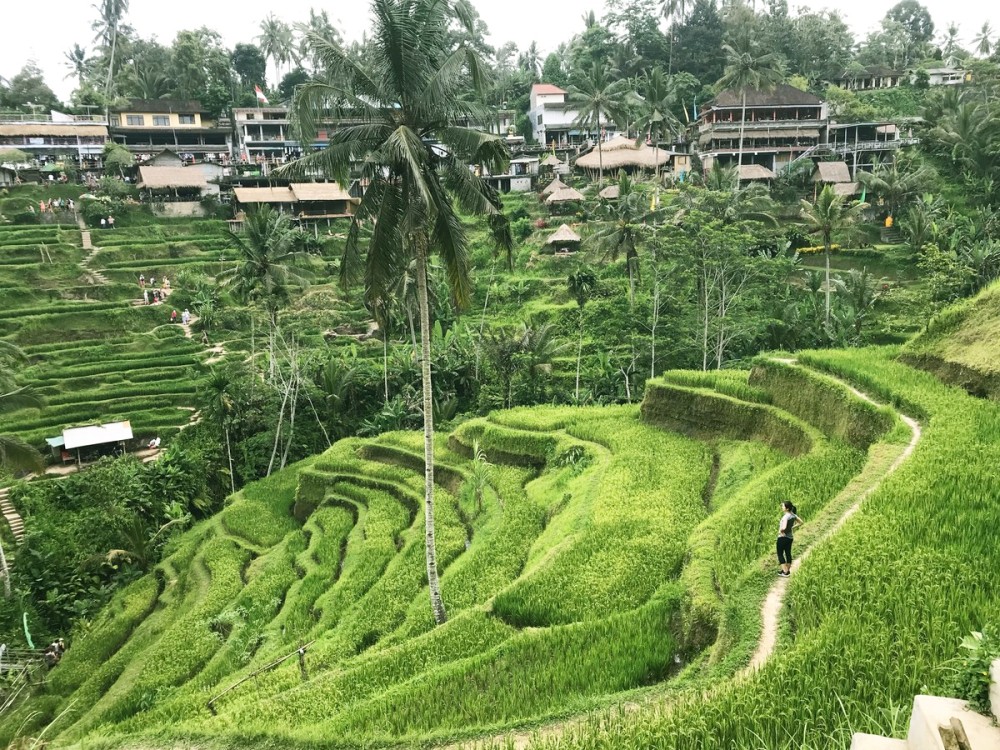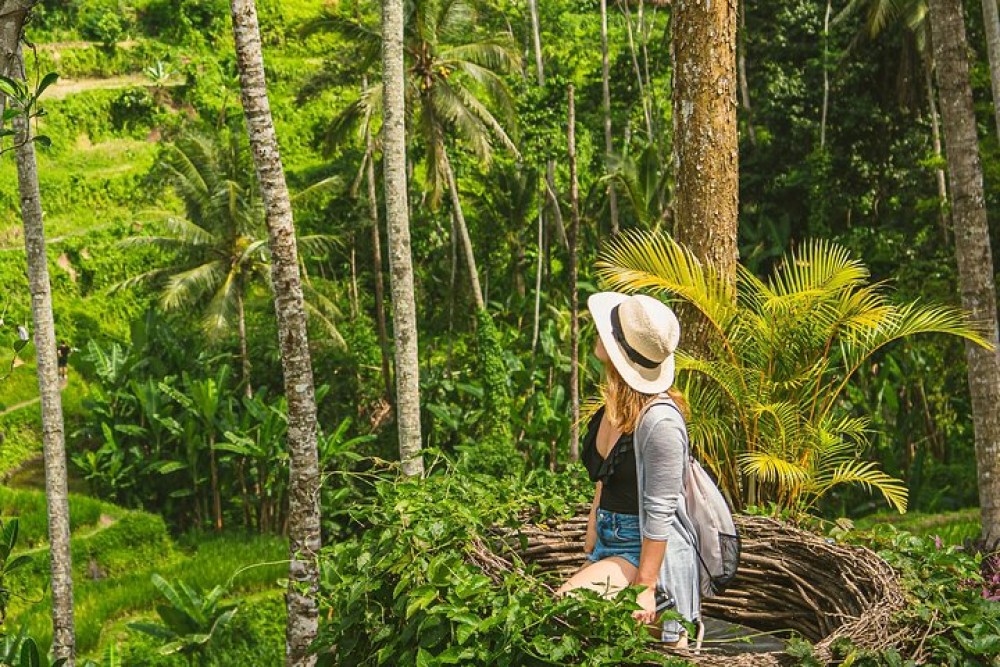- Indonesia
- Things to do in Ubud
- Elephant Cave
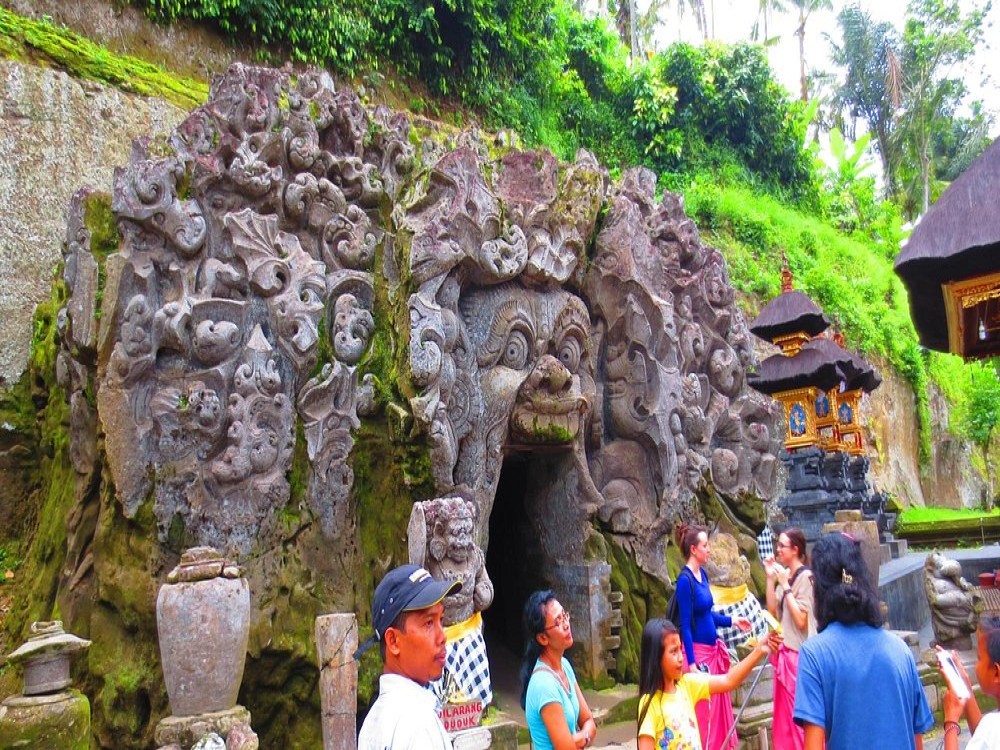
Elephant Cave
The Elephant Cave, or Goa Gajah, is an ancient and intriguing site located just outside Ubud, Bali. Dating back to the 11th century, this archaeological wonder is a blend of historical significance and spiritual meaning. The cave is carved into a rocky hillside and features a large, intricately designed stone entrance resembling a face, often referred to as the "demon face." Inside, visitors can explore a small chamber that contains relics of Hindu and Buddhist statues, including a central Shiva statue. Surrounding the cave is a tranquil garden with lotus ponds, fountains, and bathing pools, creating a serene atmosphere perfect for contemplation and exploration.
Elephant Cave Tours & Excursions
Best of Ubud Attractions: Private All-Inclusive Tour
€75
starts from
Pick 5 Destinations: Customized Ubud Tour
€34
starts from
The Basics
Goa Gajah, or the Elephant Cave, is a UNESCO-listed site and one of Bali’s most important historical landmarks. The cave itself is not large but holds great cultural significance, with its carvings believed to represent the entrance to the underworld. Visitors can explore the cave's inner chamber and admire the reliefs on the walls, depicting scenes from Hindu mythology. Outside the cave, there are tranquil gardens, a bathing pool, and relics that showcase Bali's ancient water temples. Goa Gajah is open to the public daily, offering a quiet and historical experience for those interested in Bali’s rich heritage.
Things to Know Before You Go
Before visiting Goa Gajah, it’s essential to dress modestly, as it is a sacred site. Wearing a sarong or long pants is required for both men and women, and a sash may be provided at the entrance. The site can be somewhat challenging to navigate due to the uneven terrain and stairs leading to the cave, so wearing comfortable shoes is advised. There is a small entrance fee to access the temple, and it is important to respect the sacredness of the site by keeping noise to a minimum. Photography is allowed in most areas, but it’s always courteous to ask before taking pictures in certain locations.
How to Get There
Goa Gajah is located about 6 kilometers from the center of Ubud, making it easily accessible by taxi, motorbike, or private transport. If you’re staying in Ubud, the site is a short 10-15 minute drive away. Alternatively, you can rent a motorbike or take a local tour that includes visits to nearby attractions, such as the Tegenungan Waterfall or the Sacred Monkey Forest Sanctuary. There are also guided tours available, which can enrich your visit with historical and cultural context about the site. Once you arrive at the entrance, a short walk will take you to the main attraction.
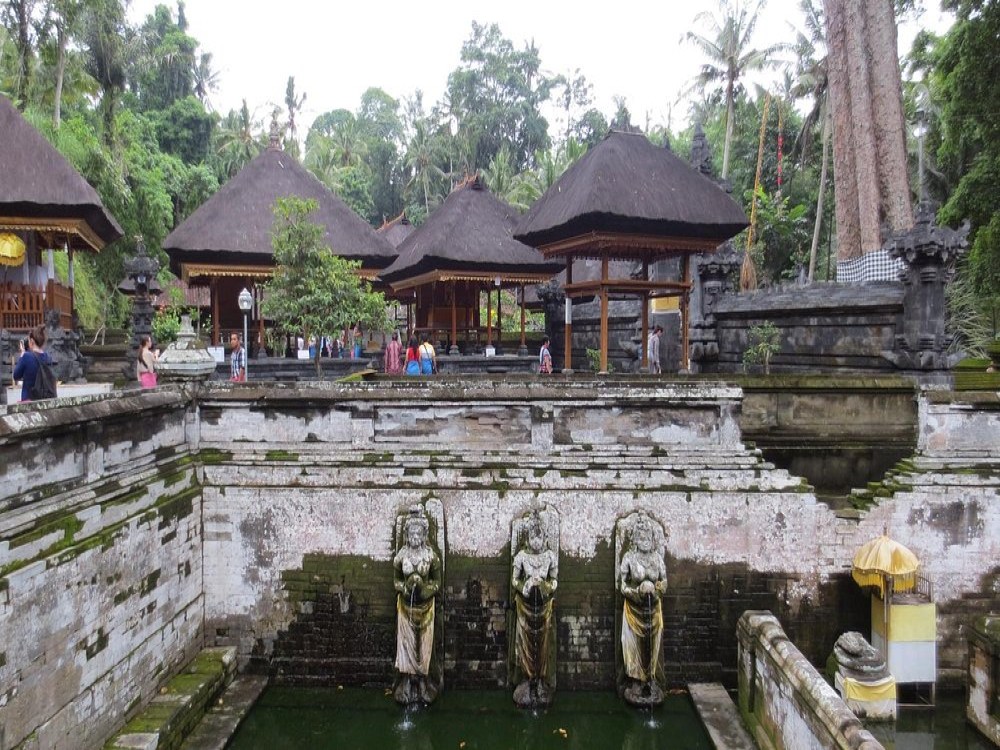
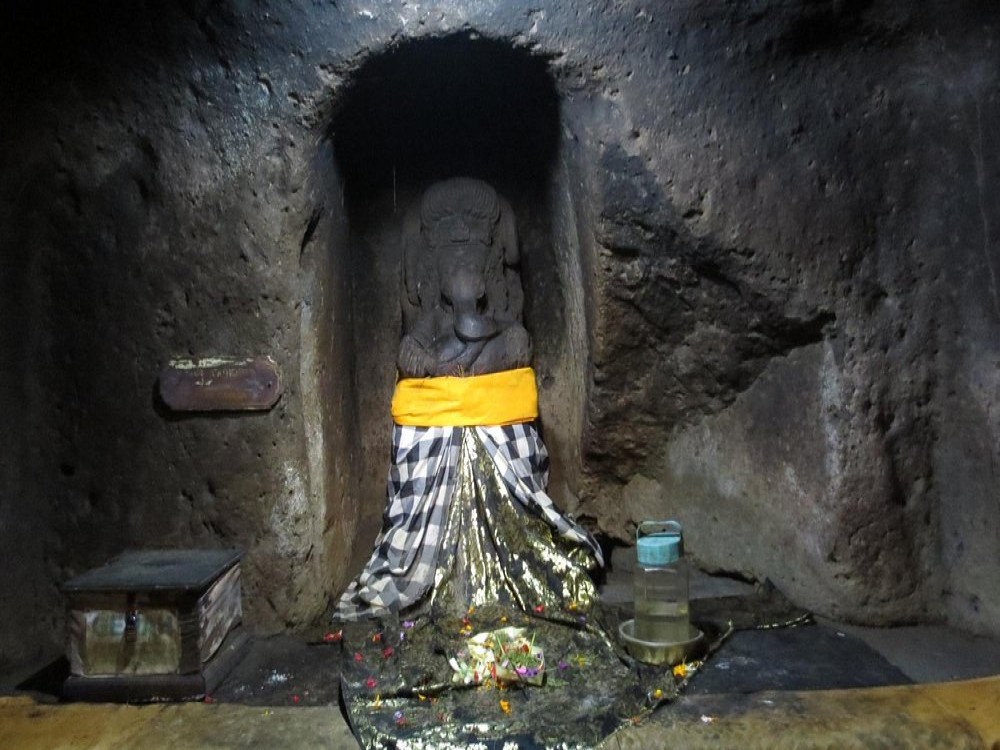

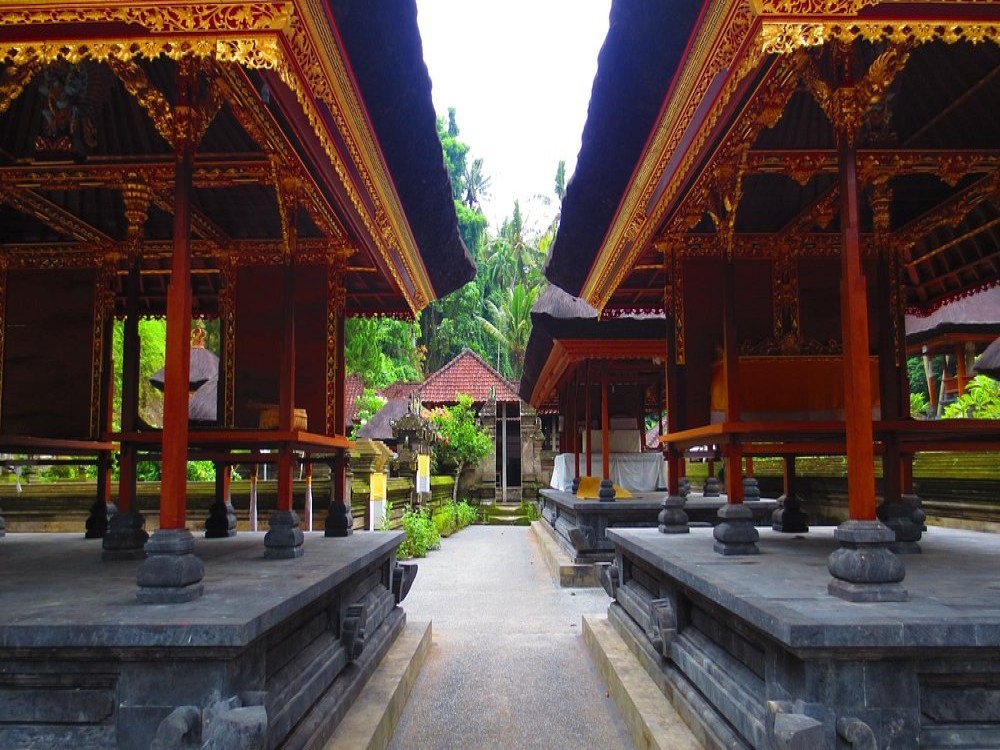

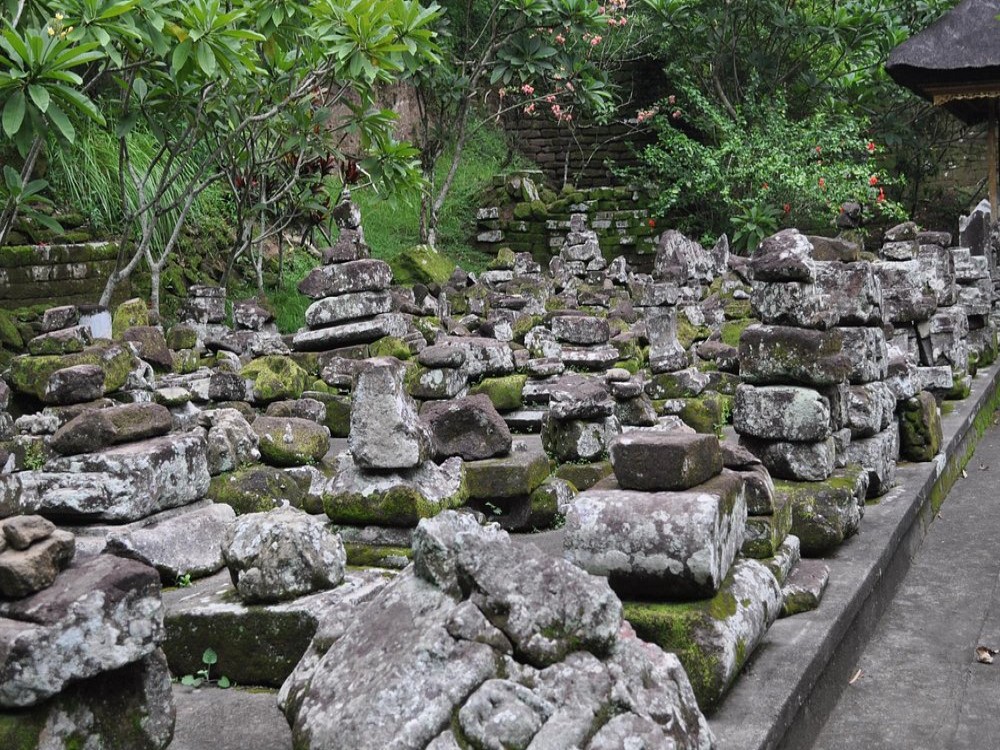

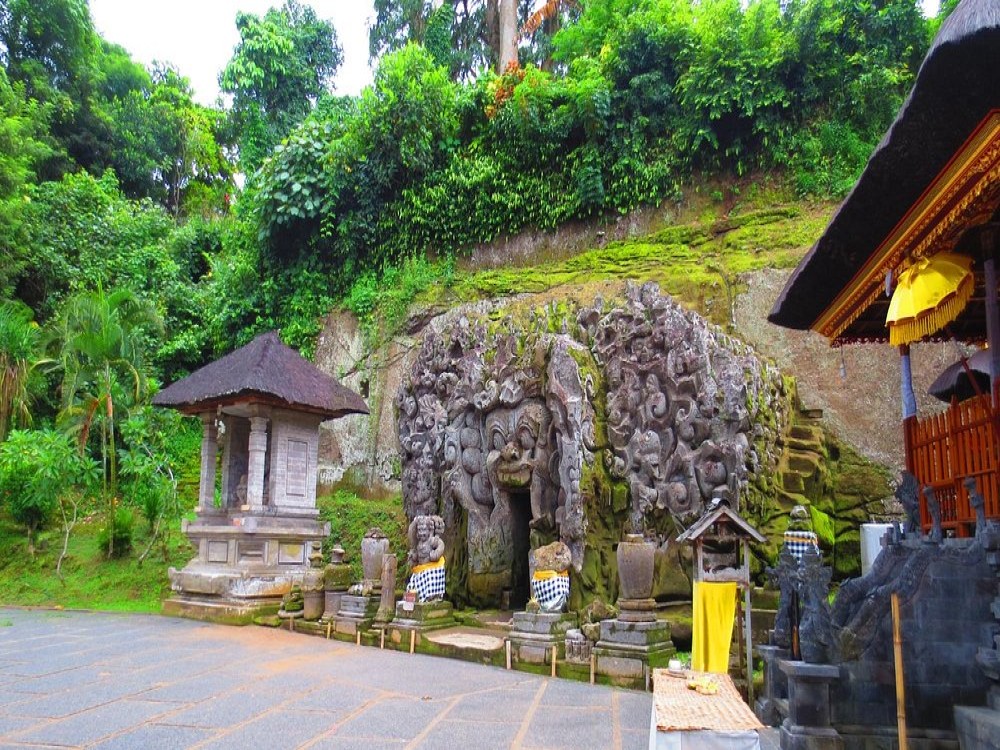
When to Get There
The best time to visit Goa Gajah is early in the morning or late in the afternoon when the site is less crowded and the temperatures are cooler. The temple can get busy during the midday, especially with large tour groups, so visiting earlier in the day will allow you to enjoy a more peaceful experience. Early mornings offer a serene atmosphere and beautiful light for photography. The dry season, from April to October, is the most comfortable time to visit, although the site is open year-round. During religious holidays, the temple may be busier due to local ceremonies.
Day Trips from Ubud
The Elephant Cave is located in a region rich with cultural and natural attractions, making it easy to combine with other nearby sites for a day of exploration. After visiting Goa Gajah, head to the nearby Tegenungan Waterfall, where you can cool off in the natural pools. If you’re looking for a spiritual experience, consider a visit to the nearby Tirta Empul Temple, known for its holy spring water. The Sacred Monkey Forest Sanctuary in Ubud is also a short drive away, where you can interact with playful macaques. A day trip to Goa Gajah can be easily combined with these attractions to make the most of your time in Ubud, blending history, culture, and nature.
Copyright © 2025 All Rights Reserved



